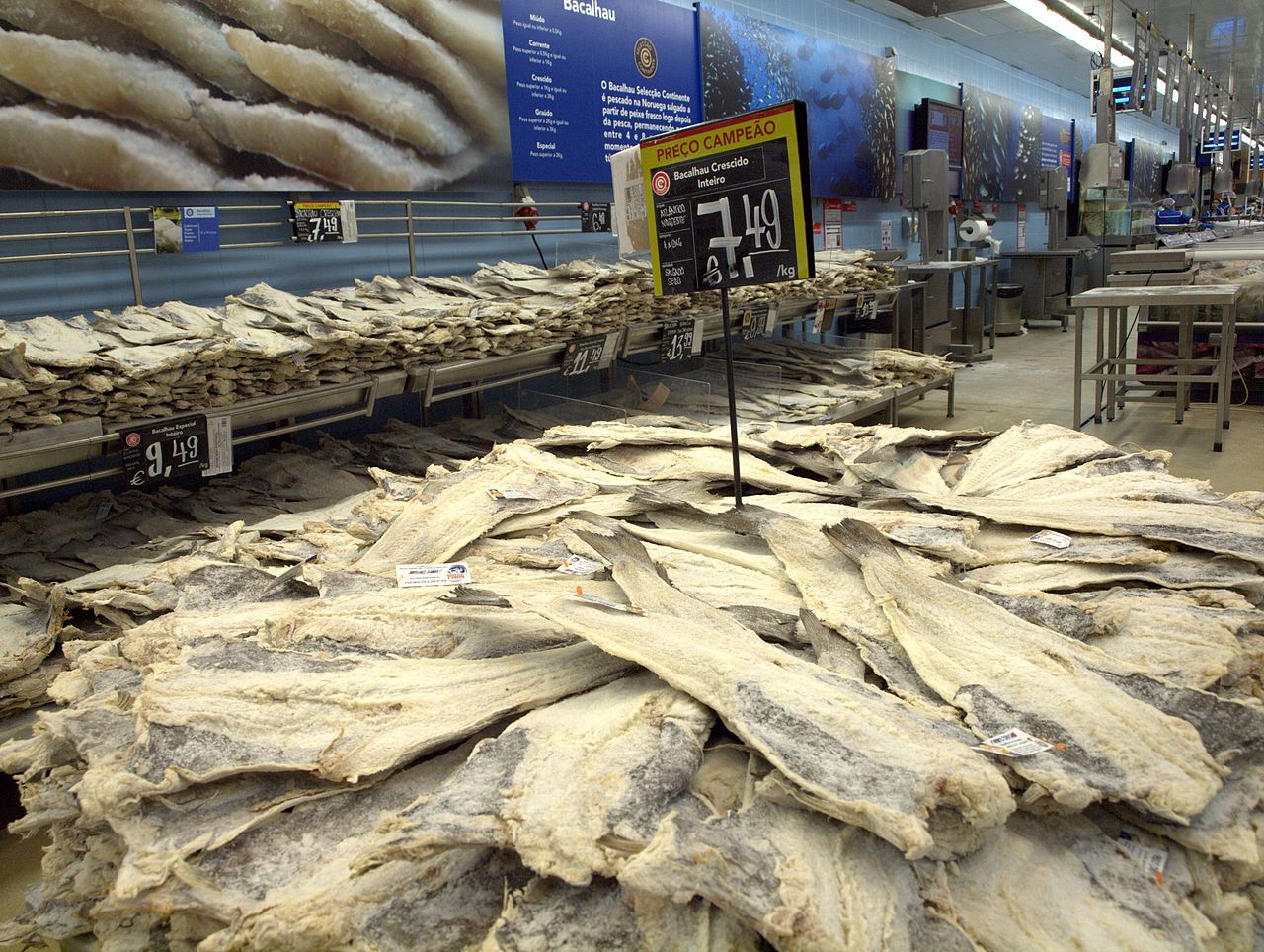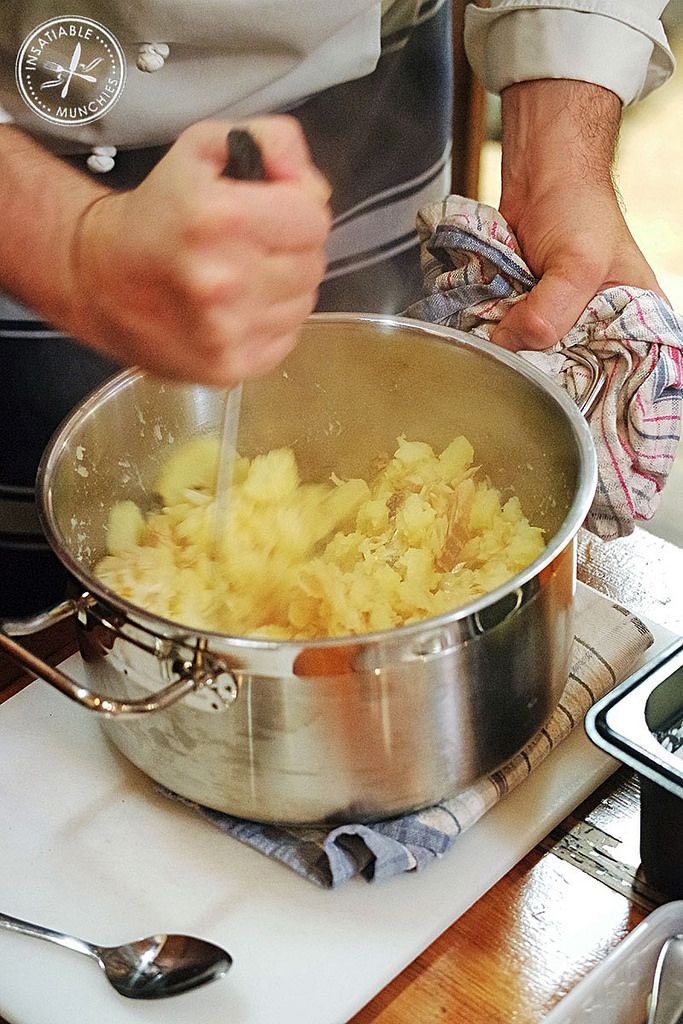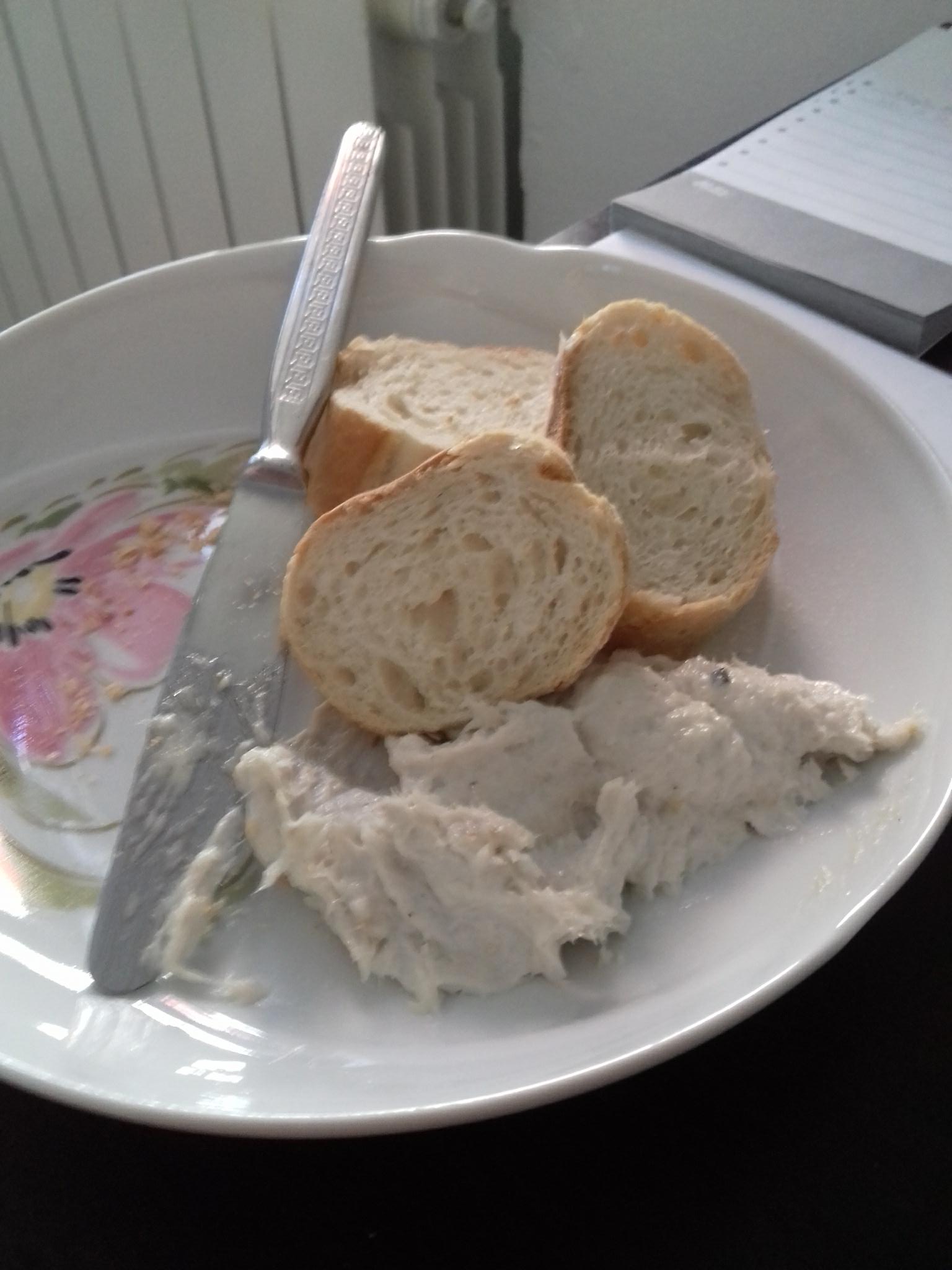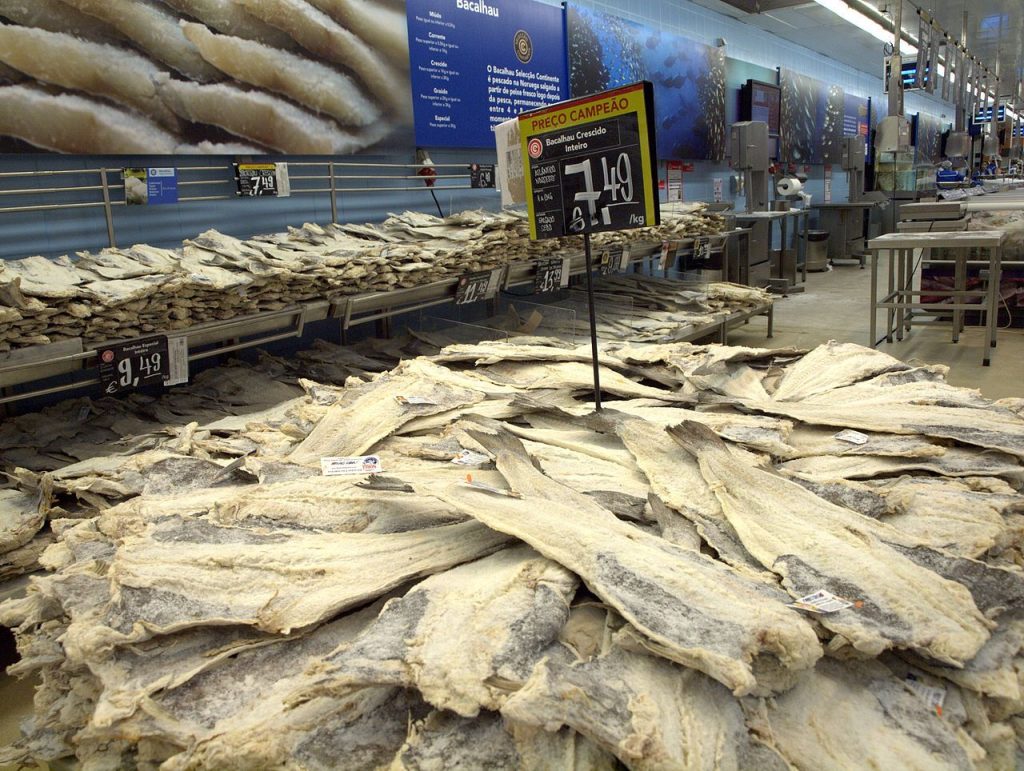A staple item of the Croatian holiday menu, bakalar is a word you’ll be hearing a lot in the coming days. A look at the beloved delicacy and the painstaking process required to turn stiff dried cod into a silky paté
Every year in December, I promise myself not to put off Christmas shopping until the very last day. Every year in December, I break that promise, joining the frenetic crowds in a delightful activity known as hating yourself as you run around town trying to tick every item off the long list. This year, however, presents have been bought and wrapped, the pantry is full, holiday outfits are ready, and it’s only December 22. Personal growth!
Rest assured, the crowds were already there. So we all huffed and puffed and ran back and forth, making our way from store to store… Until I finally noticed the one true indicator of Christmas fast approaching. Not the festive decor, not the scent of mulled wine lingering in the air – no, it was every shop window bearing a note BAKALAR IN BIANCO HERE!!!
People were lining up to get a scoop of the rich, creamy delicacy before every store in town ran out of stock. No wonder, as we’re all crazy about it in these parts: bakalar, the local term for dried cod, is a staple item of the holiday menu in Croatia, especially on the coast. Walk by any restaurant or bistro these days, and you’ll see menus in front singing their sweet siren songs: bakalar stew. Bakalar in bianco. Come hither, dear traveller, for you must be tired and hungry. Rest for a while. Eat yourself to death.
And we are all happy to comply.
Even though the fish itself isn’t holiday-specific and can be enjoyed any time of the year, come Christmas season, it becomes sort of a vessel for a special tradition. See, as mentioned, bakalar in bianco (also called bakalar na bijelo – white) is a delicious creamy paté made of salted Atlantic cod, but preparing it on your own calls for a painstaking process that spans for multiple days. Sure, you can always look for a store bearing a BAKALAR HERE!!! sign and cave in, but that counts as cheating – it’s a quick, easy solution that will never taste as satisfying as the home-made version.
Instead, you have to start with this:

Flat, rigid and stubborn.
One of my favourite childhood memories is visiting my grandparents in Istria for Christmas and getting to curiously observe my grandpa preparing bakalar in bianco. As the cod is bought dried, the first step is to get the coarse, rigid body of the fish to soften up just enough so it can be cooked and processed further, and in order to make it more malleable, you’ll need to soak it in warm water for at least 48 hours. Forget about setting a timer and leaving the fish on its own over the weekend – it requires a lot of attention and coddling. Rinse when the water gets cold, then add more; rinse and repeat, rinse and repeat, and keep an eye on the thermometer, as the room temperature needs to stay relatively low so the fish wouldn’t spoil.
Two to three days later, you’re ready for the second leg of the bakalar marathon: cooking. If the cod is particularly stubborn and has proved somewhat resistant to your attempts to soften it up, grab a mallet and show him who’s the boss. A quick round of bashing should suffice. It’s going to be loud enough for your neighbours to get upset. Perfect.
Save that last pot of water the fish was soaking in and just transfer it to the stove, and from then on, options are aplenty: you can peel off the skin and the fins before you turn on the heat, or cook it as it is and remove the messy bits later. Some would say the skin adds that je-ne-sais-quoi to the flavour – best to respect the elders and stick to their advice. (It also helps the aroma to pack a strong enough punch to make those neighbours aware you’re working on your daily menu and not renovating the bathroom.) A dash of salt is a must, but if you’re not a fan of minimalism, feel free to play with spices and extras: black pepper, bay leaf, rosemary, parsley, celery, onion, carrots. Cook for two hours and watch all the eyes in the room water as they breathe in the pungent smell. While the cod is on the stove, boil some potatoes – either on the side or in the same pot with the fish.

Bash bash bash. / Flickr
And then, the grand finale. Once the cod is cooked, rinsed, cleaned of any excess bits and flaked, it’s time to mash it into a paté, and by mash, I mean furiously beat the poor fish into a pulp. Think of it as an outlet for all the pent-up frustration and tension you might have been carrying around for a while. Grab a smaller mallet, a rolling pin or any other similar tool and go wild. Bash bash bash, then add some olive oil and bash some more. Add more oil and some finely chopped garlic. Bash. Add salt and pepper to taste. Bash. Once you notice a smoother consistency starting to form, mash the potatoes with a fork and add them to the mixture. Continue to bash and add more olive oil if needed. After a while, you’ll end up with a silky, mouth-watering paté. Serve with some bread and dive in.

These days, most people tend to skip the, um, aggressive part and just pop all the ingredients into a food processor. It speeds up the process significantly and helps avoid the inevitable cramps that result from relentlessly attacking the cod for an hour. However, the champions of bakalar – my grandpa included – wouldn’t be caught dead using any sort of powered kitchen tool. It’s a matter of pride, and you can practically taste all of that effort once the delicacy is served.
I, however, am a spoiled, lazy millennial who doesn’t think in advance and is somewhat unwilling to bash a fish with a mallet in a shared bathroom, so upon seeing the flashy sign in the store, I scuttled in and got myself a generous dose of the treat. More food was bought on the side, as I had grandiose plans for a pre-holiday lunch, plans that were quickly forgotten as soon as I arrived home. A baguette and a can of bakalar paté can very well stand as a meal on its own, and I honestly don’t know why we ever feel the need to follow it with anything else. Who needs a white Christmas when you can have bakalar in bianco?











